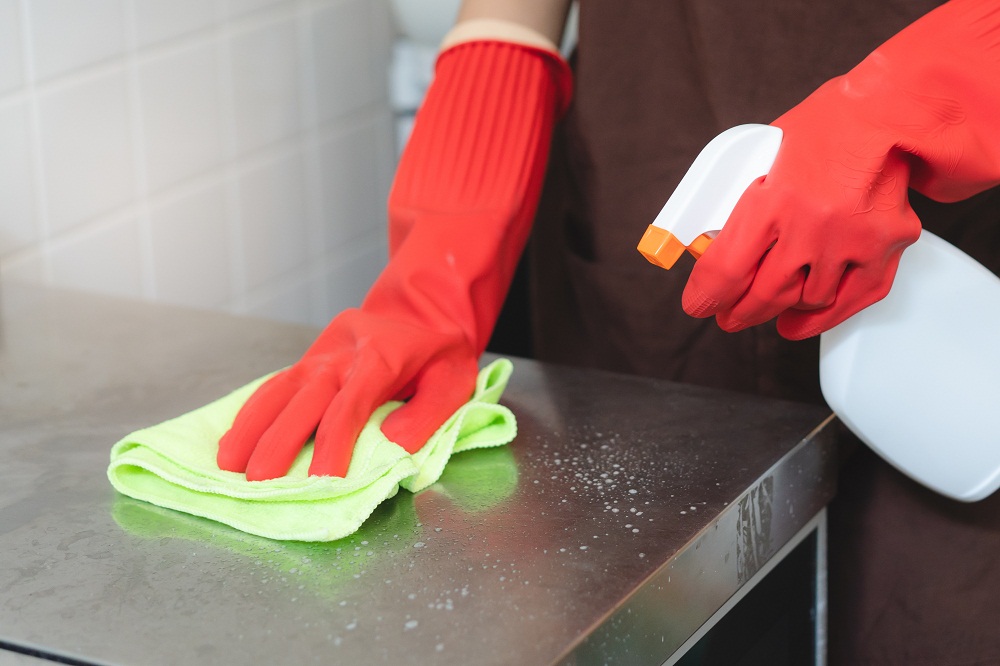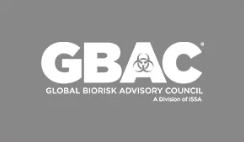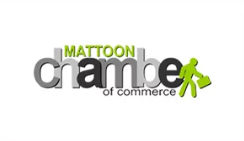A Close Look at Bleach Cleaning and Biohazards
Biohazard Cleaning
Biohazard cleaning is a specialized task that requires strict adherence to best practices in order to protect individuals from exposure to germs, bacteria, viruses, and other bloodborne pathogens. Biohazards are varied and include the following:
· Human blood
· Semen
· Vomit
· Bodily fluids
· Unfixed human tissues and organs
· Blood or tissue from humans or primates known to contain infectious diseases such as hepatitis C, HIV, MRSA, TB, etc.
Experts providing  crime scene cleaning services in Bloomington, IL, follow strict protocols when dealing with biohazards, which are commonly found at crime scenes. These protocols include wearing approved personal protective equipment, following appropriate disposal guidelines for contaminated materials, and using proven cleaning and disinfecting products and techniques. If you think that a good wipe down with bleach is sufficient to safely and thoroughly remove biohazards, you’re only partially correct. While bleach can be a powerful and effective disinfectant, cleaning up a mess that includes biohazards is often more complicated than a rag and a bottle of bleach.
crime scene cleaning services in Bloomington, IL, follow strict protocols when dealing with biohazards, which are commonly found at crime scenes. These protocols include wearing approved personal protective equipment, following appropriate disposal guidelines for contaminated materials, and using proven cleaning and disinfecting products and techniques. If you think that a good wipe down with bleach is sufficient to safely and thoroughly remove biohazards, you’re only partially correct. While bleach can be a powerful and effective disinfectant, cleaning up a mess that includes biohazards is often more complicated than a rag and a bottle of bleach.
Best Practices
 Best practices for cleaning and removing biohazards include the following:
Best practices for cleaning and removing biohazards include the following:
· Universal precautions. These ensure that any worker involved with the cleanup of bodily fluids and tissues has proper training and is outfitted with appropriate protective gear, including masks, goggles, gloves, and gowns or coveralls.
· Cleaning and disposal. All surfaces and materials in contact with the biohazard must be thoroughly cleaned. Cleaning involves clearing away physical debris such as broken items, used needles, and damaged articles as well as wiping up fluids. Important: this step is different from disinfecting. Cleaning is done with water plus soaps or detergents for the purpose of removing visible debris. Cleaning does not kill germs or bacteria, but it does reduce their number. All unsalvageable materials, as well as cleaning tools, must be disposed of safely to avoid further contamination.
· Disinfecting. Once surfaces are cleaned and visible evidence of the biohazard is removed, disinfecting can begin. Disinfecting kills the microscopic particles that remain even after a thorough cleaning. It’s important to choose the right disinfectant for the job. Technically, you need what’s called an antimicrobial pesticide. An antimicrobial pesticide disinfects and sanitizes surfaces and objects from contamination by things such as bacteria, viruses, or fungi. Pesticides are regulated by the Environmental Protection Agency (EPA). This is a critical distinction. If your product is regulated by the EPA, it is for use on things and will include application instructions on the label as well as an EPA registration number. If your product is regulated by the Food and Drug Administration (FDA), it is actually a cleaner. These products do not require EPA registration, can be used on people, and will not include application instructions for killing pests.
Is Reaching for Bleach the Best Option?
Bleach is the everyday term for products that contain sodium hypochlorite. Bleach may be a cleaner, a pesticide, or both; it’s important to read the label and follow instructions carefully. Bleach is a strong disinfectant when used properly. Like anything, bleach has its pros and cons.
Pros:
· Bleach kills lots of different bacteria and viruses, including COVID-19 and influenza.
· Bleach has a fast kill time; it will kill most pests within 10 minutes to an hour.
· Bleach is inexpensive and readily available.
Cons:
· Bleach is easily inactivated by organic material. The presence of dirt, food, or fluids may reduce the effectiveness of bleach.
· Bleach requires precise dilution ratios. Get the mixture too low and it won’t kill anything; get it too high and, not only might it be ineffective, but it could also do serious damage.
· Bleach irritates mucus membranes, airways, and skin. It must be used cautiously in areas with adequate ventilation, and workers must always employ universal precautions.
· Bleach decomposes under heat and light, both of which can render it useless.
· Bleach reacts easily with a variety of other chemicals and cleaners and should never be mixed.
· Bleach is caustic and can permanently damage hard surfaces as well as strip the color from fabrics.
What’s Important
If your home or office requires biohazard cleaning, you need to know the following:
· Clean first, otherwise antimicrobial products won’t work.
· Always follow the label directions on any disinfectant. "Directions for Use" are always specific and are required for the product to work.
· Never mix antimicrobials.
· Protect yourself.
When facing significant biohazards following a crime, it’s always best to use professional  biohazard cleaning in Bloomington, IL. We are a full-service crime scene restoration company. Our crime scene cleaning teams will safely restore your space so you can heal. Call today.
biohazard cleaning in Bloomington, IL. We are a full-service crime scene restoration company. Our crime scene cleaning teams will safely restore your space so you can heal. Call today.
Keep Your Home & Family Safe











